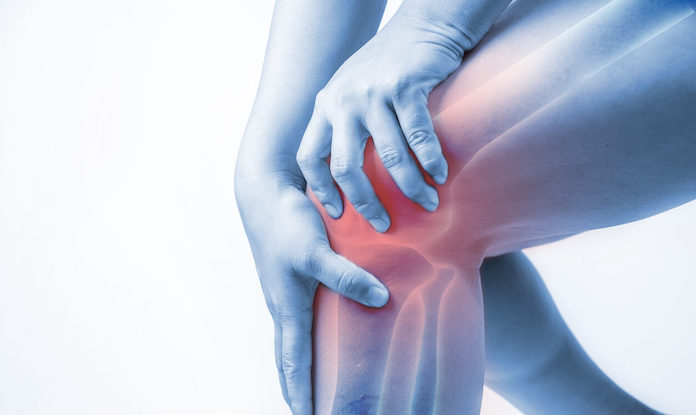Osteoarthritis (OA) is the most common joint disease globally, predominantly affecting the knee, leading to pain, reduced range of motion, joint stiffness, and muscle weakness. Women, particularly postmenopausal, are at higher risk of developing knee OA due to hormonal changes, especially reduced estrogen levels. Despite the recognized benefits of exercise in improving symptoms and quality of life in individuals with knee OA, there is limited research focused specifically on postmenopausal women with this condition. A systematic review was conducted to evaluate the effects of physical exercise on knee muscle function, pain, and quality of life in postmenopausal women with knee OA.
The review identified 118 studies, ultimately including five that met the criteria for analysis. The findings highlight that physical exercise, particularly aquatic dancing and aerobic exercises combined with physical therapy, significantly improves physical function in postmenopausal women with knee OA. This improvement was measured using the Six-Minute Walk Test and the WOMAC scale’s physical function domain. Overall, the study underscores the importance of targeted exercise interventions in managing knee OA among postmenopausal women.
Reference: Wolf DF, Carvalho C, Moreira Padovez RFC, et al. Effects of physical exercise on muscle function of the knee, pain and quality of life in postmenopausal women with knee osteoarthritis: A systematic review with meta-analysis. Musculoskelet Sci Pract. 2024 Jun;71:102929. doi: 10.1016/j.msksp.2024.102929. Epub 2024 Mar 11. PMID: 38489855.






